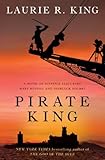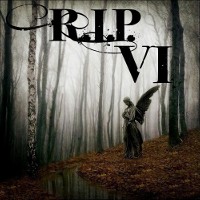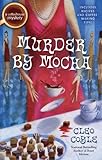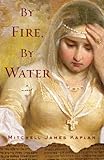You Can’t Shatter Me
by Tahlia Newland
Description/Synopsis (from Amazon.com):
Sixteen year old Carly wants to write her own life and cast herself as a superhero, but the story gets out of control when she stands up to a bully and he turns on her. His increasing harassment forces her to battle flying hooks, giant thistles, doubt dragons and a suffocating closet. Dylan, a karate-trained nerd who supports her stand, turns out to be a secret admirer, and while he struggles to control his inner caveman, Carly searches for her own way to stop the bully. An old hippie shows her an inner magic that’s supposed to make her invincible, but will Carly learn to use it before her knight in shining armour risks all in a battle with a fire-breathing dragon?
This heart-warming magical realism story will inspire and empower teens and adults alike.
My Thoughts:
I’m turning 42 on Friday, but I still love young adult (YA) fiction. In fact, I firmly believe that YA offers some of the most empowering stories and empowered female characters available in modern literature. I also believe that Tahlia Newland’s fiction is some of the best YA on the market, so when she asked if I’d read and review You Can’t Shatter Me, of course I said yes.
I was not disappointed.
In fact, I was awed.
Newland refers to this story as an example of magical realism, and it is. Sixteen-year-old Carly imagines herself a green lycra-clad superhero, flying from her bedroom window to mete out justice to bullied kids in her school, and uses her vivid imagination to visualize personal problems as doubt dragons to be slayed, while dealing with the very real torment of being the target of a bully herself.
Dylan also uses his imagination in powerful ways, seeing words as tangible objects that can harm or heal, and learning to conquer the former and boost the latter.
Both teens recognize that at some point each of us has to take a stand and become the writers of our own scripts, the authors of our own futures, and the breakers of our own paths.
Newland excels at weaving meditation techniques, including guided imagery, into the narrative without making it seem forced. Instead, she gives Carly an aunt who is part aging hippie/part guru, and who teaches her niece how she can make herself emotionally strong by sending love and light to the universe – even to people who mistreat her.
While You Can’t Shatter Me could have been a preachy diatribe against bullying, in Newland’s deft hands, this novel is an absorbing, educational read, that both satisfies and gives hope to adults and younger readers alike.
Goes well with a picnic lunch on the beach.








